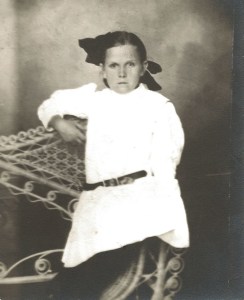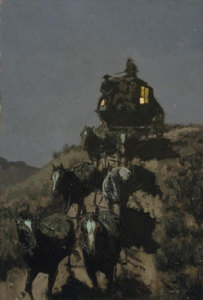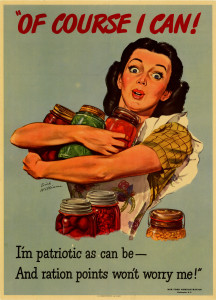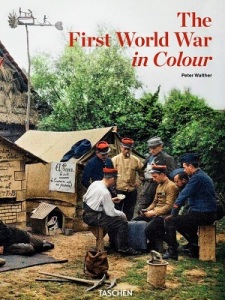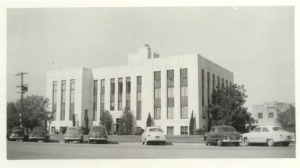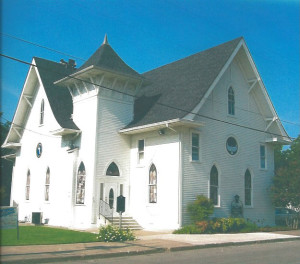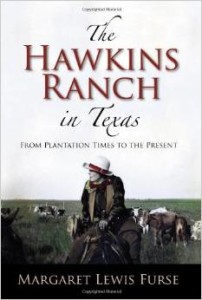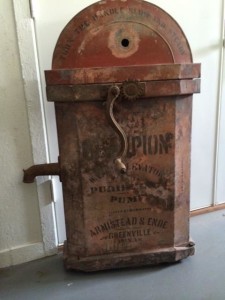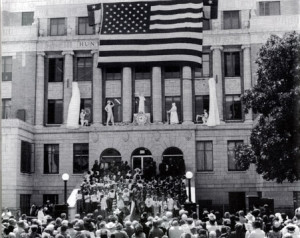This is the time of year for families, friends and good memories. And a perfect time to collect memories of others, to be inspired by the trials and triumphs of our loved ones. Do you know where your parents spent their first Christmas? What about the Christmas when you were born? Did Santa Claus ever really visit you? What about Christmas parades, band and choir concerts, and Christmas pageants at church? Or maybe your family had completely different traditions. Believe me, if you haven’t done so before, it is now time to share those memories with others.
About thirty years ago, I interviewed Ruby Laura Seay Coffman, the younger sister of my grandfather. Aunt Ruby was born in 1897 in Chickasaw Nation of Indian Territory where her father owned and “ran” the ferry across the Red River to the village of Red River Station in Montague County. Texas. Her father, Jeff Seay, and his brother Oscar Seay ranched on both sides of the Red. Before Oklahoma statehood, Jeff Seay moved his family back to the ranch in Texas while Oscar and his family remained in Oklahoma.
The Seay family arrived in Texas from Whitfield County, Georgia, in 1872 as poor as church mice. With lots of hard work and perseverance, the families became successful small ranchers along the Red River. Aunt Ruby had four brothers, including my grandfather Virgil. Ruby was the chatterbox of the family so when I visited her one time, I asked about holidays on the Seay Ranch. They were not the answers I expected.
Celebrating the Fourth of July was absolutely out of the questions, not because the family was unpatriotic; but because Vicksburg fell on the Fourth of July 1863. No true Southerner celebrated the Fourth in those days, and Aunt Ruby was a true Southerner.
So next I asked about Thanksgiving. Nope! There was always work to be done on the ranch. Her mother Laura Hardy Seay fixed a nice meal, but no turkeys or pumpkin pies, and taking off the whole day was unheard of.
So then I ventured into Christmas memories. At that point I hit the jackpot. After finishing chores and milking the cows, Jeff and the three older boys saddled up their horses, hitched the horse to the buggy loaded with Laura, the girls, and little brother along with lots of presents. They went all the way into Belcherville, a small community about ten miles away to attend Christmas Eve services. Jeff and Laura were some of the more prosperous and generous members of the community. They brought each person in the congregation a gift, nothing expensive but a gift. Everyone got a piece of fruit, each child got a toy. The toy might be a wooden top, or some jacks, some little something. You see, the country was recovering from another depression and drought and money was hard to come by.
Aunt Ruby did say that Santa Claus arrived at the Christmas Tree at church. The next morning, everybody was up doing chores. But Christmas Day was the one day of the year that work was a little lighter.
You may hear about the depression of the 1930s, life during World War II, hard times, or wonderful happy family gatherings. Every family will have different stories, but your family story needs to be told and remembered. It’s part of your heritage.

